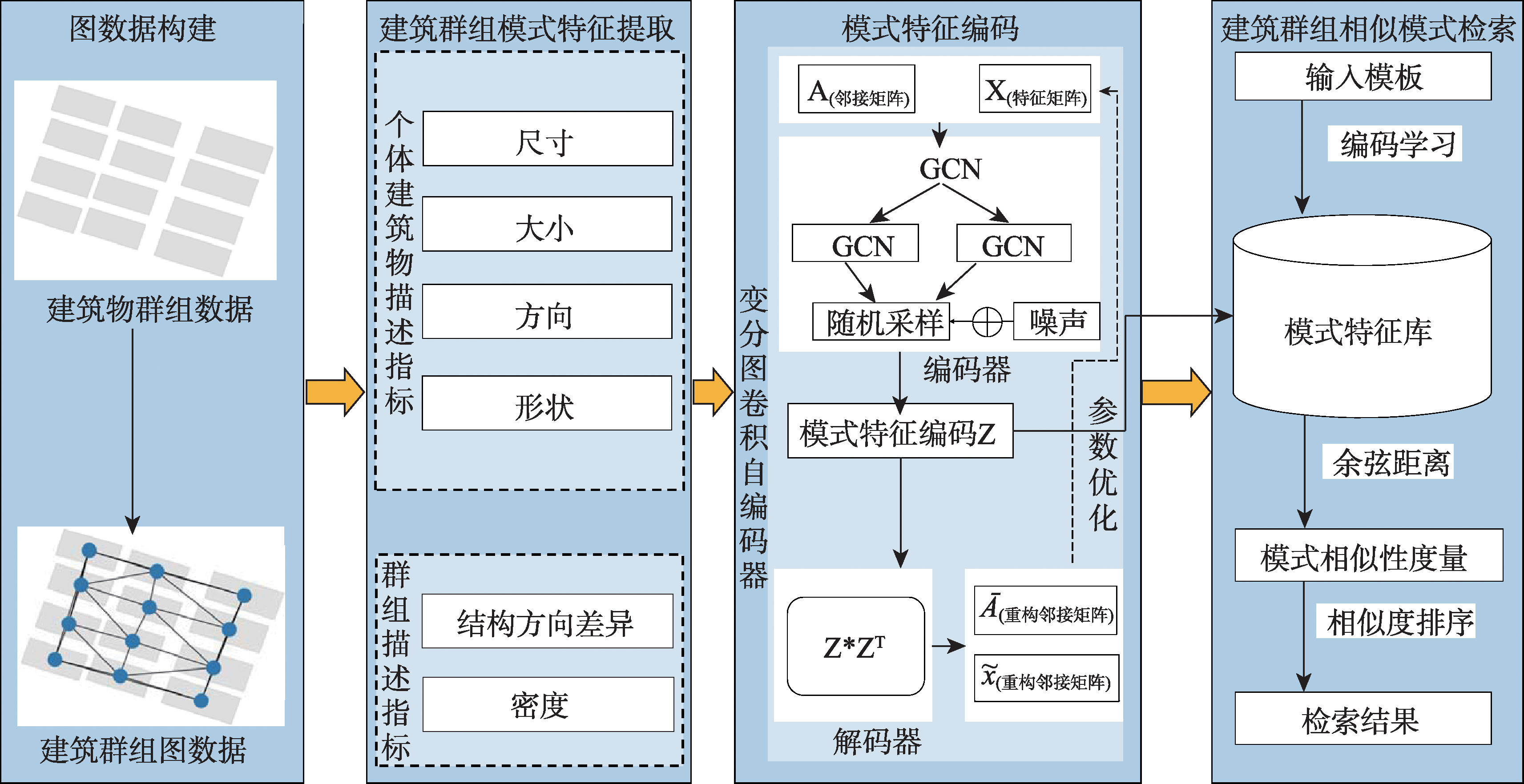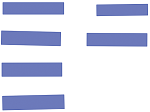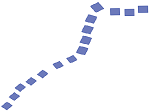

Journal of Geo-information Science >
A Variational Graph Convolutional Auto-encoder Model Supporting Similarity Retrieval of Building Groups Patterns
Received date: 2022-10-18
Revised date: 2022-12-31
Online published: 2023-06-30
Supported by
National Natural Science Foundation of China(42261076)
National Natural Science Foundation of China(42061060)
Major Projects for Science and Technology of Gansu Province(22ZD6GA010)
State Key Laboratory of Geo-Information Engineering and Key Laboratory of Surveying and MappingScience and Geospatial Information Technology of MNR, CASM(2022-03-03)
To address the problems of weak model generalization and insufficient utilization of spatial information due to the strict constraints in the fusion method of geometric features and spatial relations and the spectral domain similarity metric in the current building group similar pattern retrieval, this paper proposes a similar retrieval model based on the variational graph convolutional auto-encoder. Firstly, the minimum spanning tree is used to construct the building group graph structure and embed the building description features into the graph nodes to realize the quantified representation of the building group pattern. Secondly, in the reparameterization module of the variogram self-encoder, the mixed noise is generated by fusing the four-dimensional hyperchaotic system and Gaussian distribution to improve the generalization ability of the model by increasing the randomness of sampling. Then the graph convolution and pooling are used instead of fully connected layer to retain more spatial information. And the low-dimensional features are processed to obtain the feature encoding of building group patterns. Finally, the cosine distance is used to obtain the similarity between the building group to be retrieved and the building group in the pattern encoding library, so as to achieve the similarity retrieval of building group patterns. The experimental results show that the proposed model can effectively extract the pattern features of building groups and realize end-to-end similar pattern retrieval of building groups through unsupervised learning, which provides a new idea and method for automatic classification and similarity retrieval of building group patterns.

LING Zhenfei , LIU Tao , DU Ping , ZHAO Dan , CHEN Puyi , MA Tianen . A Variational Graph Convolutional Auto-encoder Model Supporting Similarity Retrieval of Building Groups Patterns[J]. Journal of Geo-information Science, 2023 , 25(7) : 1405 -1417 . DOI: 10.12082/dqxxkx.2023.220803
表1 建筑群组模式定量化描述指标Tab. 1 Quantitative description indicators of building groups pattern |
| 指标 | 计算公式 | 指标含义 | 公式编号 |
|---|---|---|---|
| 面积 | Ab | 建筑物的面积[1] | (1) |
| 周长 | Pb | 建筑物的周长[1] | (2) |
| 均半径 | 建筑物的半径[1] | (3) | |
| 分形维度 | 面积与周长的对数关系[24] | (4) | |
| 紧凑度 | 面积与周长的二次关系[24] | (5) | |
| 方向 | Ra | 建筑物最小外接矩形方向 | (6) |
| 结构方向差异 | Ry | 同一个群组内建筑物最小外接矩形方向与y轴夹角的差异 | (7) |
注:式(3)中Ri表示建筑物第i个边界点到其中心点的距离,N表示建筑物边界点的数量,r表示建筑物边界点到其中心点的平均距离。 |
图3 群组内建筑物最小外接矩形最长边方向与y轴夹角Fig. 3 The angle between the direction of the longest side of the smallest external rectangle and the y-axis of the building in the cluster take linear, curvilinear, F-like as an example |
表2 训练样本中6种建筑群组模式部分示例Tab. 2 Examples of some of the 6 building group patterns in the training sample |
| 建筑群组 模式分类 | 直线型 | 曲线型 | 网格型 | F型 | T型 | L型 |
|---|---|---|---|---|---|---|
| 待检索 建筑群组 |  |  |  |  |  |  |
| 训练样本 |  |  |  |  |  |  |
表3 VGCAE模型使用高斯噪声和混合噪声的性能评估Tab. 3 Performance evaluation of VGCAE model using Gaussian noise and mixed noise |
| 模型 | FT | NDCG |
|---|---|---|
| VGCAE+高斯噪声 | 0.418 | 0.825 |
| VGCAE+混合噪声 | 0.456 | 0.869 |
| GFT | 0.328 | 0.745 |
| [1] |
晏雄锋. 深度卷积学习支持下的建筑物模式分析[D]. 武汉: 武汉大学, 2019.
[
|
| [2] |
|
| [3] |
|
| [4] |
|
| [5] |
|
| [6] |
刘慧敏, 胡文柯, 唐建波. 顾及功能语义特征的建筑物空间分布模式识别方法[J]. 测绘学报, 2020, 49(5):622-631.
[
|
| [7] |
刘涛, 闫浩文. 空间面群目标几何相似度计算模型[J]. 地球信息科学学报, 2013, 15(5):635-642.
[
|
| [8] |
刘涛. 空间群(组)目标相似关系及计算模型研究[D]. 武汉: 武汉大学, 2011.
[
|
| [9] |
行瑞星, 武芳, 巩现勇. 一种建筑群同质二元组直线模式的识别方法[J]. 测绘科学技术学报, 2021, 38(1):91-96.
[
|
| [10] |
巩现勇, 武芳. 城市建筑群网格模式的图论识别方法[J]. 测绘学报, 2014, 43(9):960-968.
[
|
| [11] |
|
| [12] |
|
| [13] |
|
| [14] |
|
| [15] |
|
| [16] |
晏雄锋, 艾廷华, 杨敏. 地图空间形状认知的自编码器深度学习方法[J]. 测绘学报, 2021, 50(6):757-765.
[
|
| [17] |
高晓蓉, 闫浩文, 禄小敏. 多尺度地图空间居民地语义相似度计算方法[J]. 测绘学报, 2022, 51(1):95-103.
[
|
| [18] |
巩现勇, 武芳, 钱海忠. 建筑群多连通直线模式的参数识别方法[J]. 武汉大学学报·信息科学版, 2014, 39(3):335-339.
[
|
| [19] |
艾廷华, 郭仁忠. 基于格式塔识别原则挖掘空间分布模式[J]. 测绘学报, 2007(3):302-308.
[
|
| [20] |
艾廷华. 深度学习赋能地图制图的若干思考[J]. 测绘学报, 2021, 50(9):1170-1182.
[
|
| [21] |
|
| [22] |
晏雄锋, 艾廷华, 杨敏. 居民地要素化简的形状识别与模板匹配方法[J]. 测绘学报, 2016, 45(7):874-882.
[
|
| [23] |
|
| [24] |
|
| [25] |
杨伟英. 基于生成对抗和图注意力的异质信息网络节点表示学习研究[D]. 长春: 吉林大学, 2021.
[
|
| [26] |
|
| [27] |
|
/
| 〈 |
|
〉 |